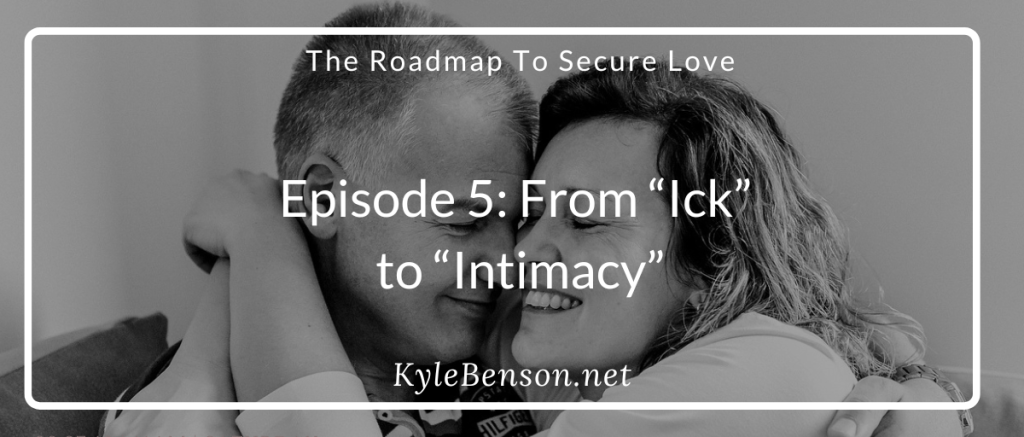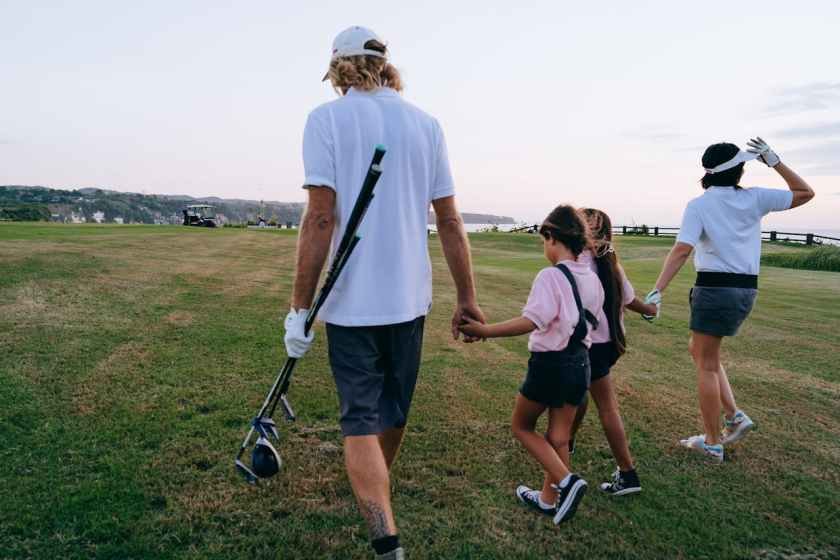Navigating Neediness In Relationships: From Ick to Intimacy


A particularly challenging relationship dynamic is when one partner perceives the other as excessively needy—a situation that can evoke a visceral reaction of discomfort or even disgust. But what can these feelings teach us about ourselves and our relationships?
On a recent podcast episode we dove deep into these issues. Here are the core challenges and essential takeaways that anyone navigating these tricky waters should consider.
Unpacking the “Ick” Factor
The feeling of “ick” or disgust when confronted with neediness in relationships can signal more about the observer than the observed. Kim and I suggest that this reaction can highlight underlying fears of inadequacy or concerns about dependency, which if unaddressed, can lead to distancing behaviors. Recognizing this reaction for what it truly is—a reflection of our own anxieties—can be the first step towards constructive engagement and change.
Instead of pointing the finger at your partner and making them the problem for needing support or comfort, it may be helpful to try a new approach: look within yourself to explore what might be going on for you in these moments. It might illuminate a reaction of not wanting to be needed, because people weren’t there for you and you learned to face so much alone. Or it might touch fears of not feeling confident in the sea of emotions and it feeling safer to keep your distance.
Here are the key takeaways from the episode:
Dual Perspective: Self and Other
One of the focal points of the episode is the importance of maintaining a balanced view of both self and other in any relationship. This dual perspective is crucial when navigating moments of neediness in relationships. How we see ourselves and our capabilities, and how we view our partner’s needs, greatly influence our reactions.
Are we seeing our partner as weak and ourselves as incapable, or can we view these moments as opportunities for strengthening our bond?
We emphasize the need for a balanced approach that respects both partners’ perspectives. By holding this balanced view it allows us to be curious about what’s going on within ourselves and between romantic partners.
Cooperative Communication
In the face of neediness in relationships, clear and cooperative communication can prevent the buildup of resentment and misunderstanding. It’s important to share and to listen openly. This means being open about one’s feelings and receptive to the partner’s needs without judgment. Kyle and Kim discuss techniques for improving communication skills that can help partners better articulate their needs and respond to each other with empathy. One of those techniques for a distancing partner is to healthily ask for space if they are feeling overwhelmed or “trapped.”
This is important because without this communication about what the withdrawer needs to be engaged, it can often lead to more resentment because their unspoken needs are not being connected with. It makes sense, if you don’t want to connect with my needs, why would I connect with yours. By both partners bringing their needs into these crunchy moments, partners can then cooperate on how to find a win-win solution.
Reflecting Before Reacting
Slowing down to reflect on our immediate reactions in these moments can prevent many disconnecting relationship arguments. Often, our first impulses are not reflective of our mature feelings but are rather knee-jerk responses based on past experiences or deep-seated fears. By taking a moment to reflect, we can choose responses that are more aligned with our relationship goals and less about our own reactive protection.


Embracing Vulnerability
Vulnerability allows for genuine intimacy and can transform the relationship dynamics from superficial interactions to deeply connected emotional exchanges. Kyle and Kim highlight how vulnerability not only involves sharing one’s deepest fears and needs but also being receptive to the partner’s vulnerabilities. After all, secure relationships thrive when we care for each other’s needs together.
Embrace these strategies, engage with your partner, and watch as the dynamics of your relationship evolve into something truly profound and enduring. If you’ve found this episode helpful, the you’d love joining our online community below:
Listen to Previous Episodes:
FAQ: Navigating Neediness in Relationships
Q1: What is “neediness” in a relationship?
A1: Neediness in a relationship refers to one partner requiring a significant amount of emotional support, reassurance, or attention, which may be perceived as excessive or overwhelming by the other partner.
Q2: Why do I feel disgusted or uncomfortable when my partner seems needy?
A2: These feelings can signal underlying fears or anxieties within yourself, such as fears of inadequacy, dependency, or past experiences of not receiving support. Recognizing these reactions can help you address them constructively.
Q3: How can I manage my feelings of discomfort towards my partner’s neediness?
A3: Start by reflecting on your immediate reactions and understanding their root causes. What is your discomfort trying to tell you about what you need? Embrace vulnerability, communicate openly with your partner, and seek a balanced perspective that considers both your needs and your partner’s.
Q4: What role does communication play in dealing with neediness?
A4: Clear and cooperative communication is crucial. It helps prevent misunderstandings and resentment, allowing both partners to express their needs and feelings without judgment and work towards a win-win solution.
Q5: How can I ask for space without hurting my partner’s feelings?
A5: Communicate your need for space in a healthy and respectful manner. Explain that it’s about managing your own feelings and not about rejecting your partner. This can help maintain trust and understanding.
Q6: Why is it important to reflect before reacting to my partner’s neediness?
A6: Reflecting before reacting helps you respond from a place of maturity and alignment with your relationship goals, rather than from knee-jerk responses based on past experiences or fears.
Q7: How does vulnerability improve relationship dynamics?
A7: Embracing vulnerability fosters genuine intimacy and emotional connection. Sharing your fears and needs, and being receptive to your partner’s vulnerabilities, strengthens the bond and creates a secure, supportive relationship.
Q8: What are some techniques for improving communication about neediness?
A8: Techniques include active listening, expressing your feelings without blaming, being open about your needs, and asking for space in a considerate way. These strategies help both partners understand and support each other better.
Q9: How can I balance my perspective on neediness in a relationship?
A9: Maintain a dual perspective that respects both your own needs and your partner’s. Recognize moments of neediness as opportunities to strengthen your bond and improve mutual understanding and support.


 Anal Beads
Anal Beads Anal Vibrators
Anal Vibrators Butt Plugs
Butt Plugs Prostate Massagers
Prostate Massagers
 Alien Dildos
Alien Dildos Realistic Dildos
Realistic Dildos
 Kegel Exercisers & Balls
Kegel Exercisers & Balls Classic Vibrating Eggs
Classic Vibrating Eggs Remote Vibrating Eggs
Remote Vibrating Eggs Vibrating Bullets
Vibrating Bullets
 Bullet Vibrators
Bullet Vibrators Classic Vibrators
Classic Vibrators Clitoral Vibrators
Clitoral Vibrators G-Spot Vibrators
G-Spot Vibrators Massage Wand Vibrators
Massage Wand Vibrators Rabbit Vibrators
Rabbit Vibrators Remote Vibrators
Remote Vibrators
 Pocket Stroker & Pussy Masturbators
Pocket Stroker & Pussy Masturbators Vibrating Masturbators
Vibrating Masturbators
 Cock Rings
Cock Rings Penis Pumps
Penis Pumps
 Wearable Vibrators
Wearable Vibrators Blindfolds, Masks & Gags
Blindfolds, Masks & Gags Bondage Kits
Bondage Kits Bondage Wear & Fetish Clothing
Bondage Wear & Fetish Clothing Restraints & Handcuffs
Restraints & Handcuffs Sex Swings
Sex Swings Ticklers, Paddles & Whips
Ticklers, Paddles & Whips


















